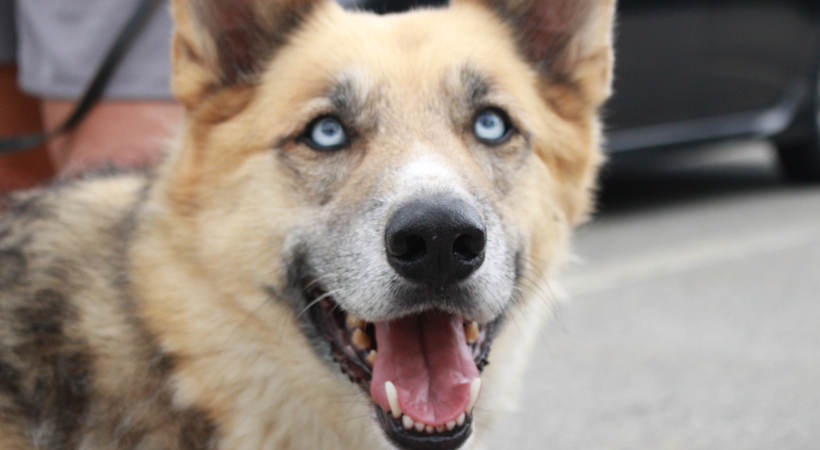Life Expectancy in Dogs with IVDD: How Age, Breed, and Weight Affect Prognosis

Hygroma in Dogs: Treatment and Prevention
Most common in large breed dogs, a hygroma is a fluid-filled sack that develops over bony prominences and pressure points. Hygromas are caused by repeated trauma on hard surfaces. Typically from a dog roughly dropping to the floor to lay down. The repeated impact from hitting the ground can cause swelling and inflammation in bony areas like the elbow. Although typically painless, hygromas can eventually lead to ulcers and infection forming if left untreated.
Common Area for Hygroma Formation:
- Side of Dog's Hock or Ankle Joint
- Hip Joint
- Elbow (most common)
- On pet's rear end, around or near the tail
Hygromas are more common in sedentary and spend the majority of their time lying down. The more time spent in one position, the more pressure is applied to the bony area, and the more likely it is for a hygroma to develop. Senior and handicapped dogs are at a higher risk for hygromas.
Hygroma Treatment
Hygromas in dogs are easily treated when caught early. A small hygroma can be drained and bandaged as it heals, and cushioning the joint can prevent the hygroma from worsening. Left untreated, a hygroma can lead to tissue erosion, severe inflammation, abscesses/ulcers, and infection. Severe damage from an advanced hygroma can lead to surgical draining and flushing. More severe ulcers may require extensive drainage, surgical removal, or skin grafting.
Should the hygroma become infected, it will need to be treated with antibiotics and removed surgically. Your Veterinarian will help you to decide how best to proceed with your dog’s treatment.
Preventing a Hygroma

The best way to treat a hygroma is to prevent further trauma. Older dogs weaken as they age; no longer able to slowly lower to the ground, they drop to the floor suddenly. This sudden impact, repeated over and over again, can lead to hygromas forming.
Cushion your dog's impact. Provide your senior dog with soft bedding and padding over pressure points that may be affected. If your dog shies away from using a dog bed, purchase padded flooring tiles (interlocking tiles used in a gym or daycare) that they can lay on for comfort. Hygromas are entirely preventable with your awareness of the problem and a few minor adjustments.
Hygroma Elbow Solution
If your dog tolerates it, elbow pads can be worn over the elbows to provide extra cushion. If your dog does not like wearing padding or has a tendency to chew, provide them with a comfortable, padded bed. To prevent and protect your dog's elbow, you need to provide a cushioned barrier between the joint and the floor.
Hygroma Hock Solution

To prevent hygroma from forming on your dog’s hock joint or ankle, use the Walkin’ Hock Hugger.
This neoprene wrap gently hugs and supports the joint, providing a barrier between your dog’s ankle bone and the hard floor. It's flexible and comfortable to wear all day.
Hygroma Prognosis
Although challenging to treat, a dog with hygromas can live a long and happy life. To ensure your dog stays comfortable, they will need regular veterinary care and extra care from you. Your veterinarian will support you and establish a hygroma treatment plan for your pet. It's the pet parent's job to follow those care instructions carefully.
The first step to treating your dog's hygroma is preventing further trauma to the affected area. To prevent the hygroma from worsening, padding and protecting the hygroma may be all that needs to be done to avoid it. Prevention and elbow protection are essential to prevent hygromas in dogs. Although a hygroma can be challenging to treat with care and attention, it is possible to treat the hygroma.








